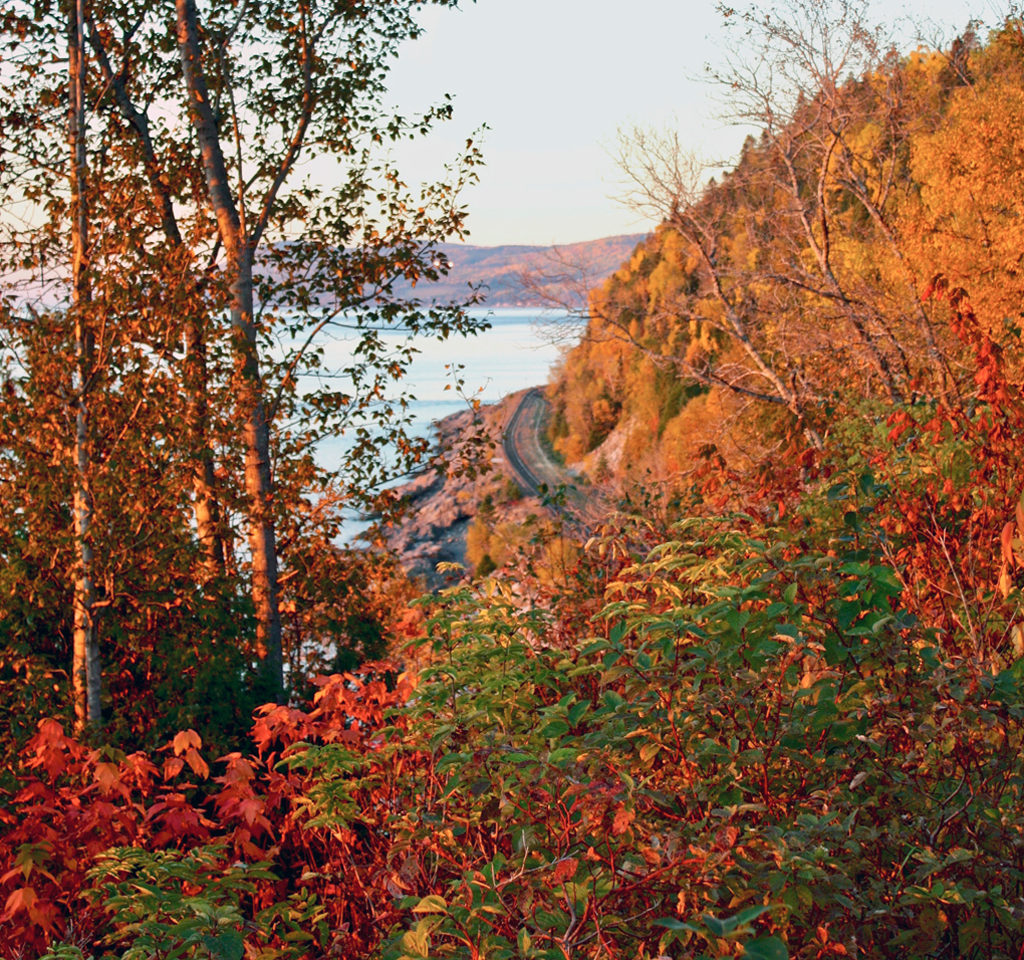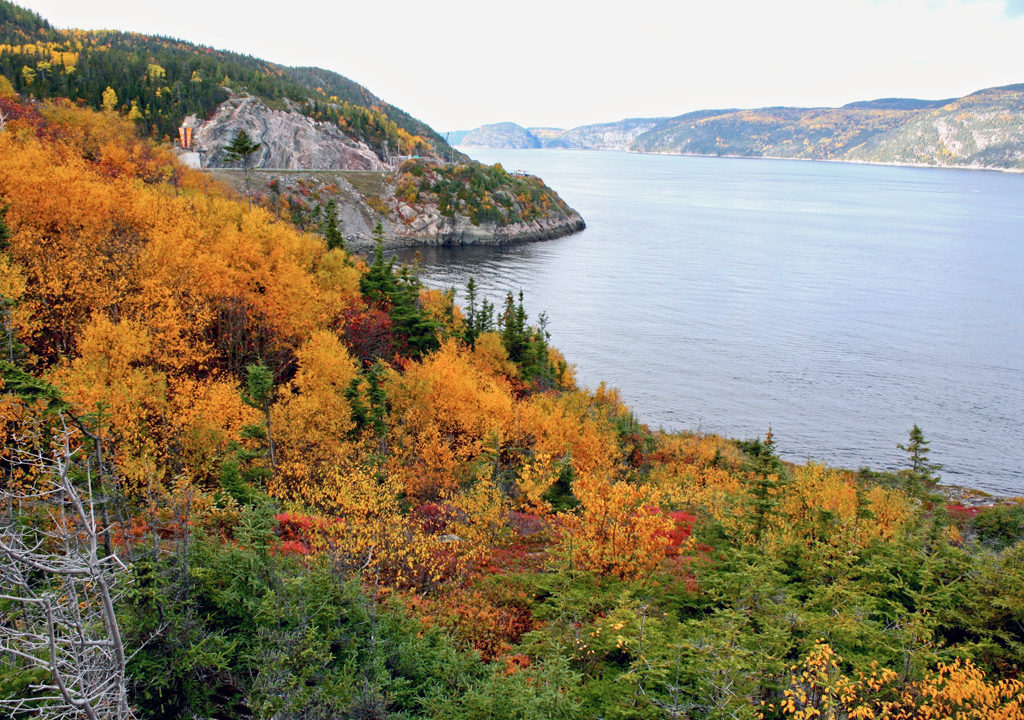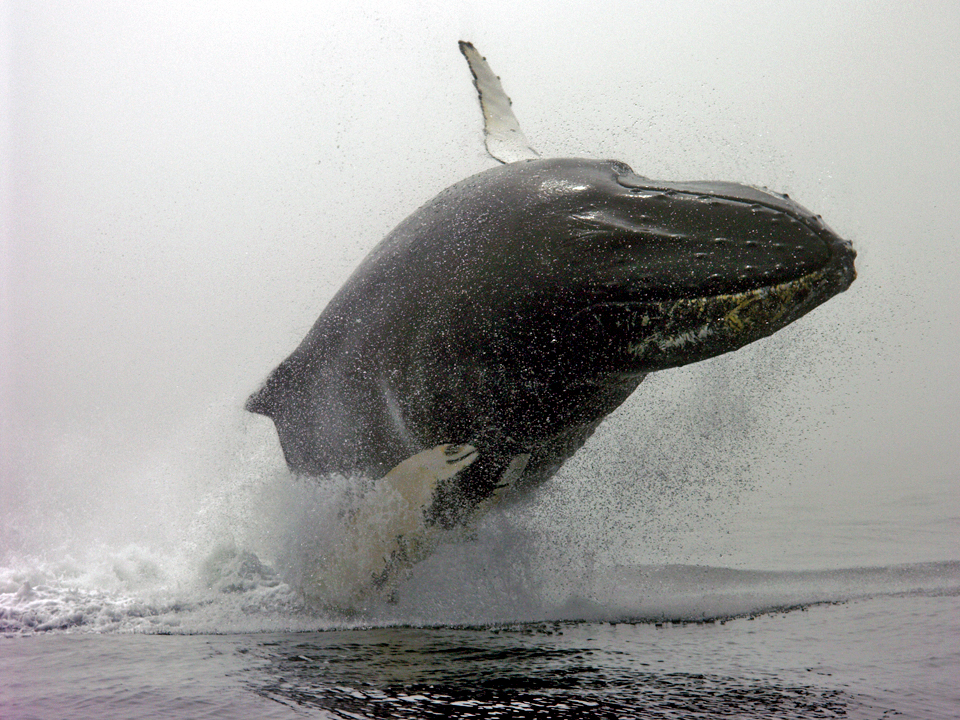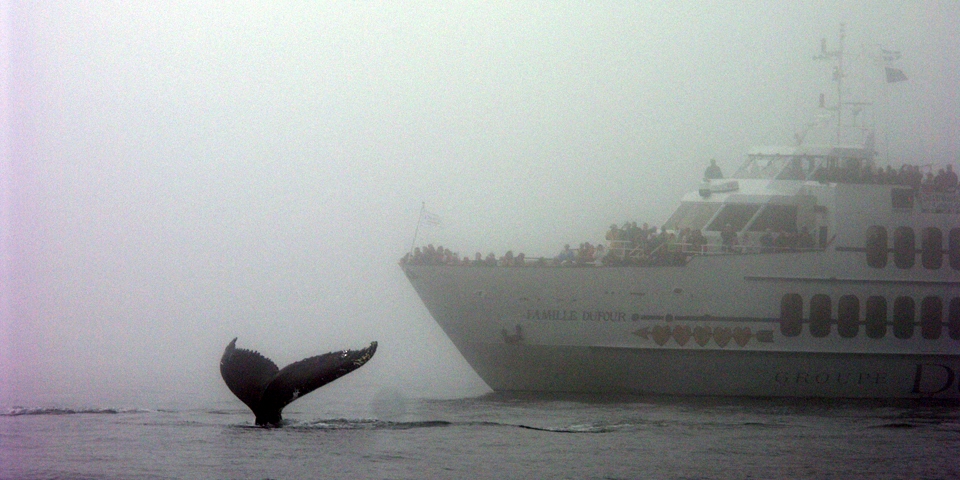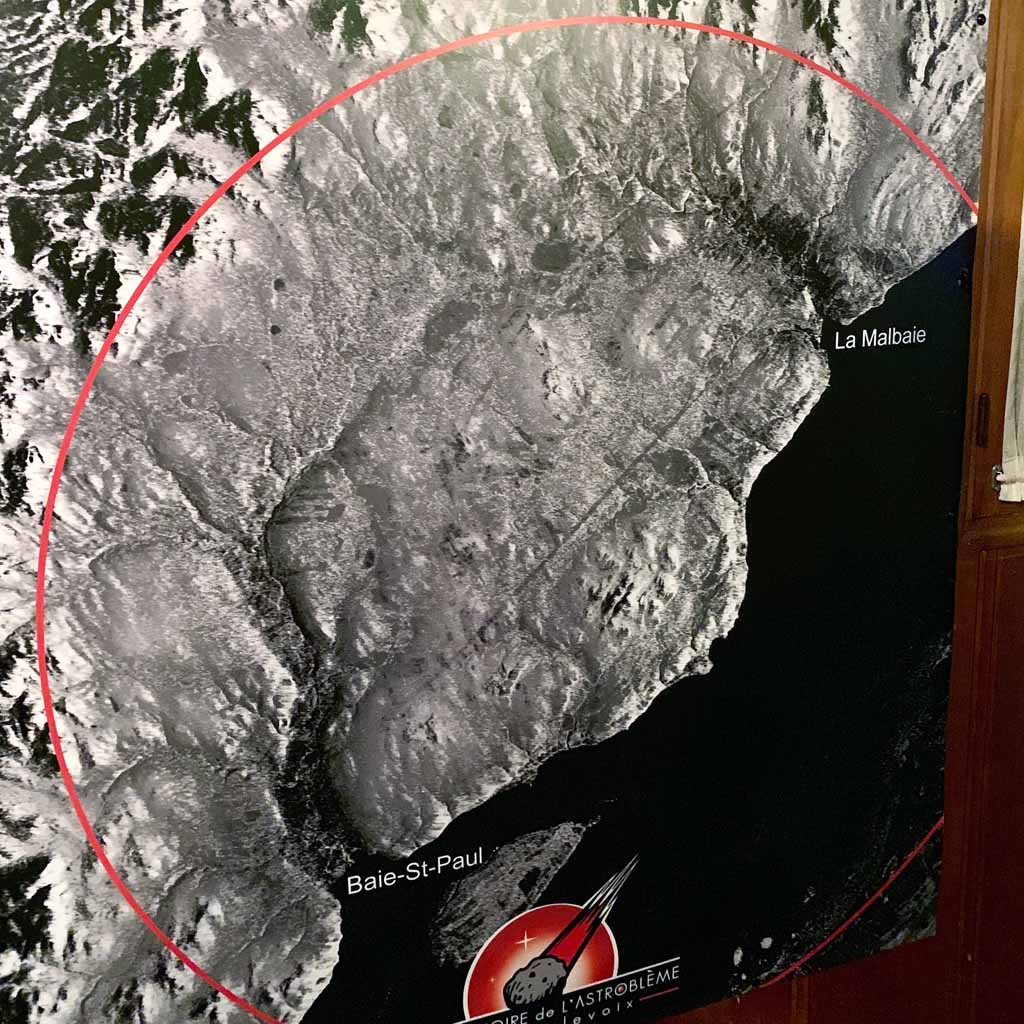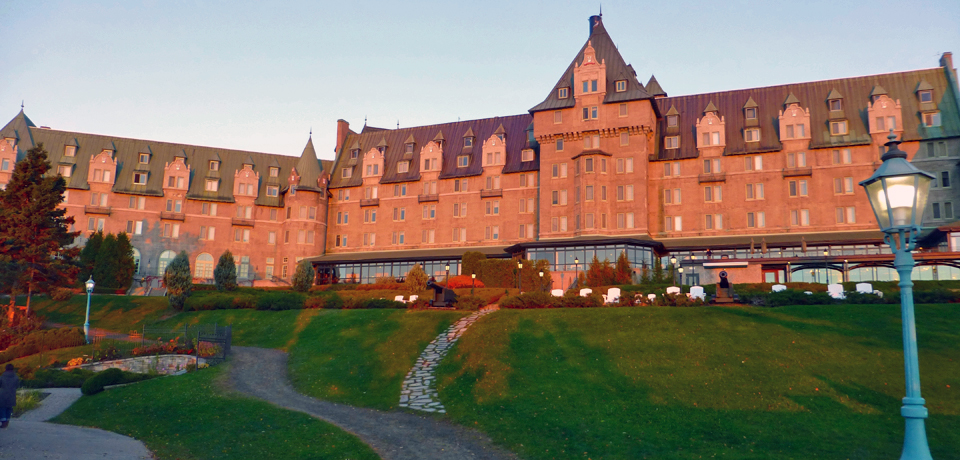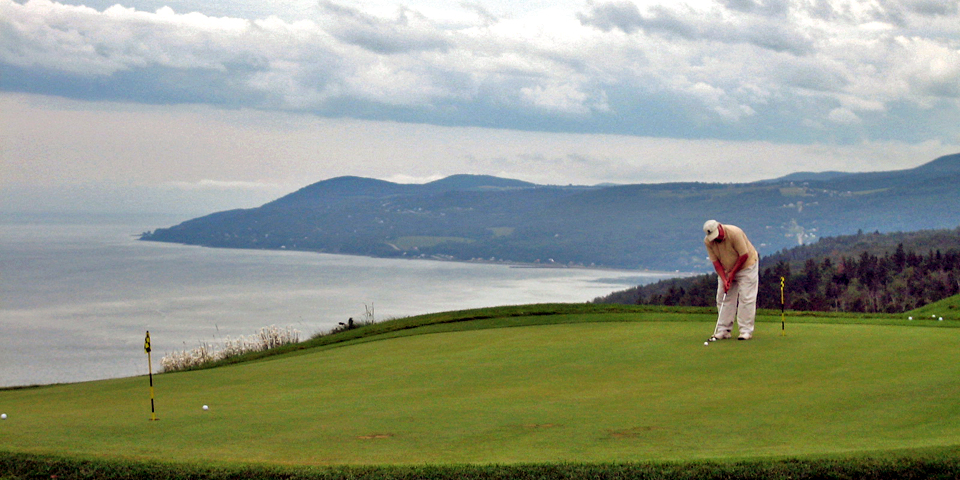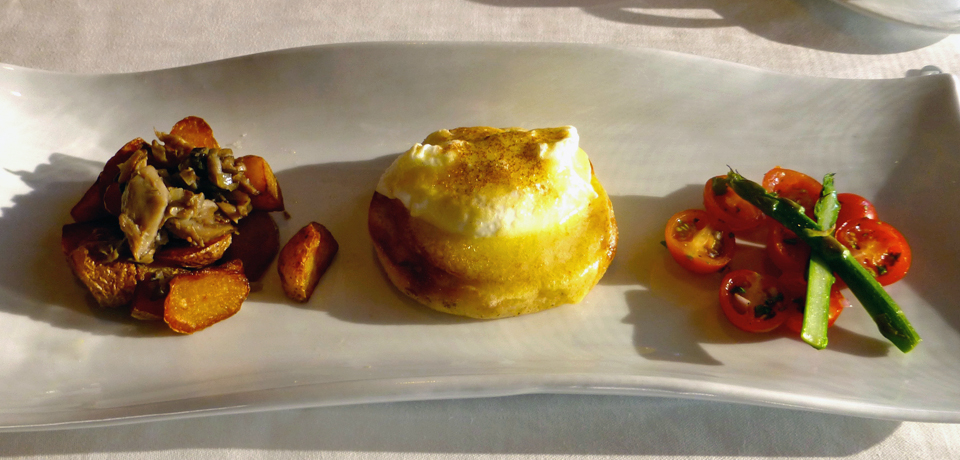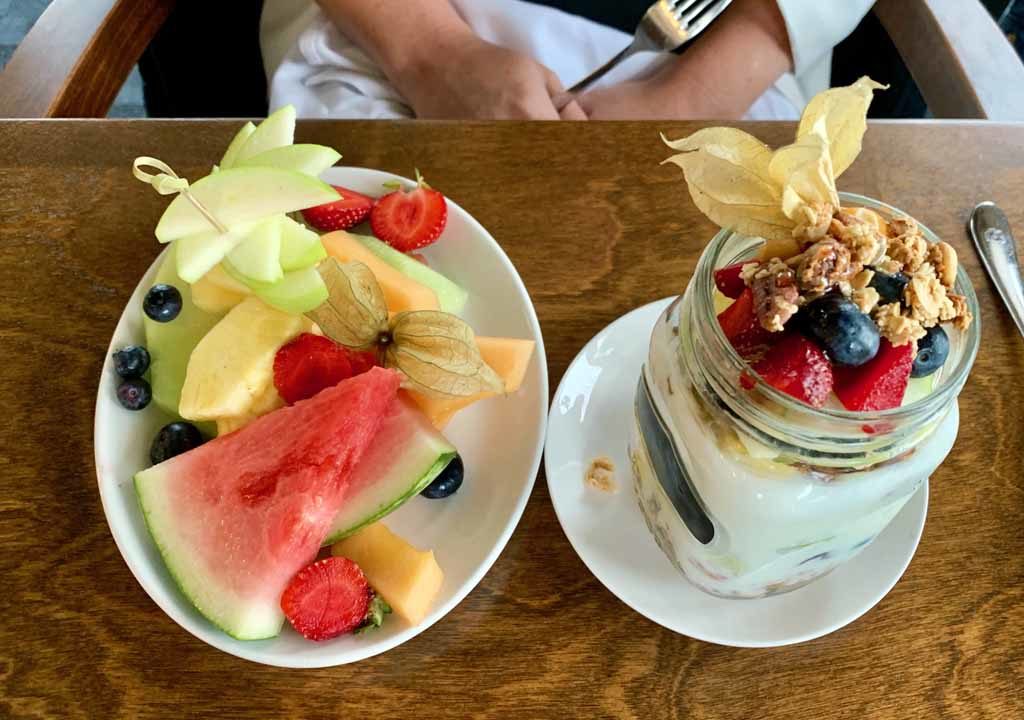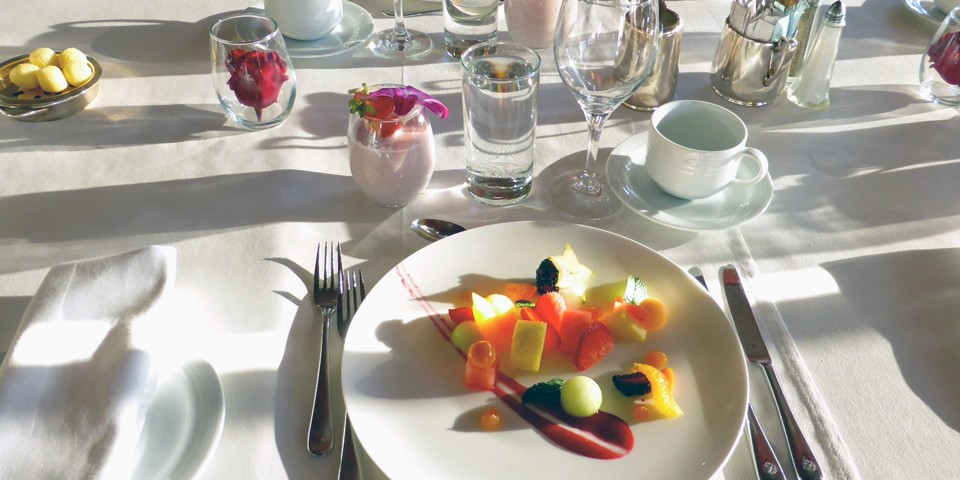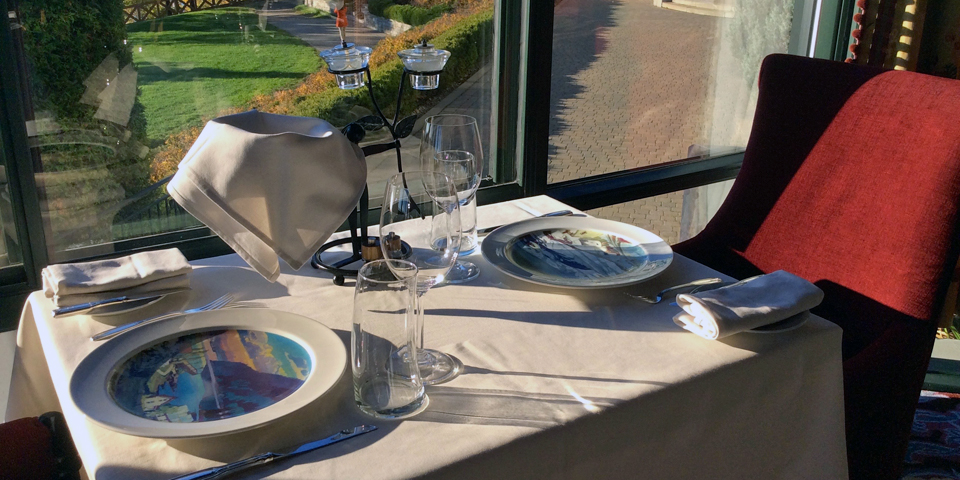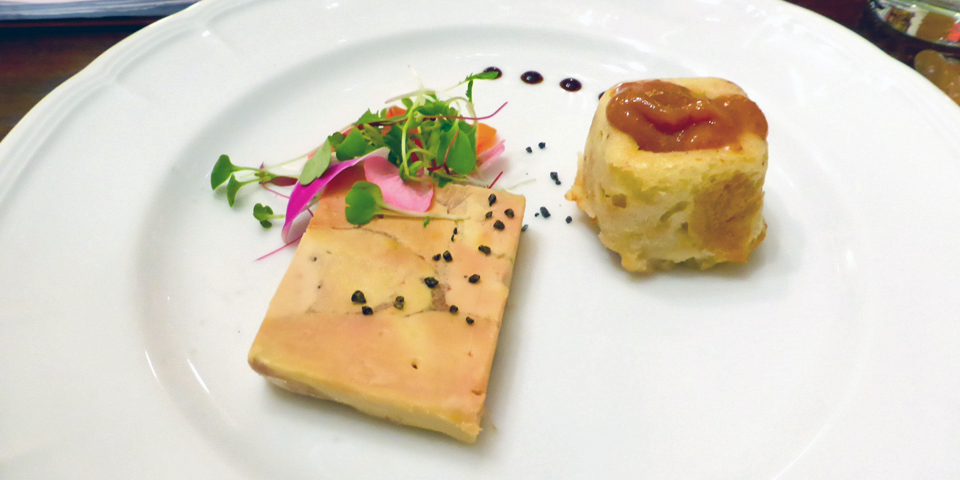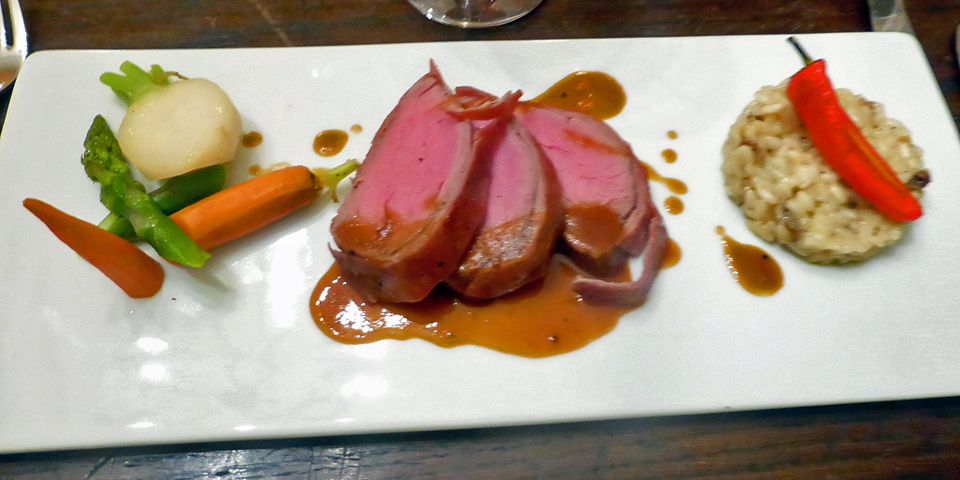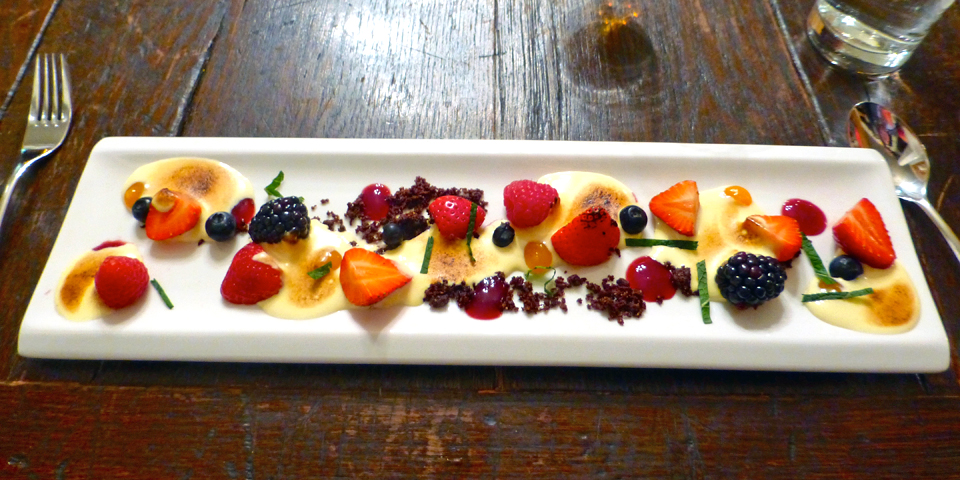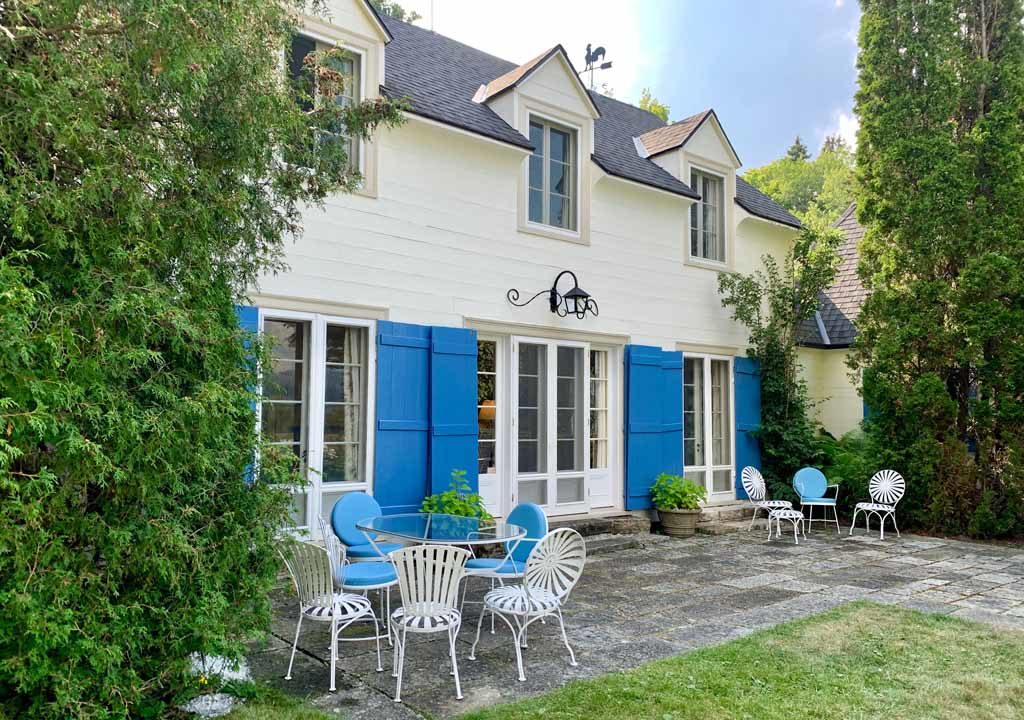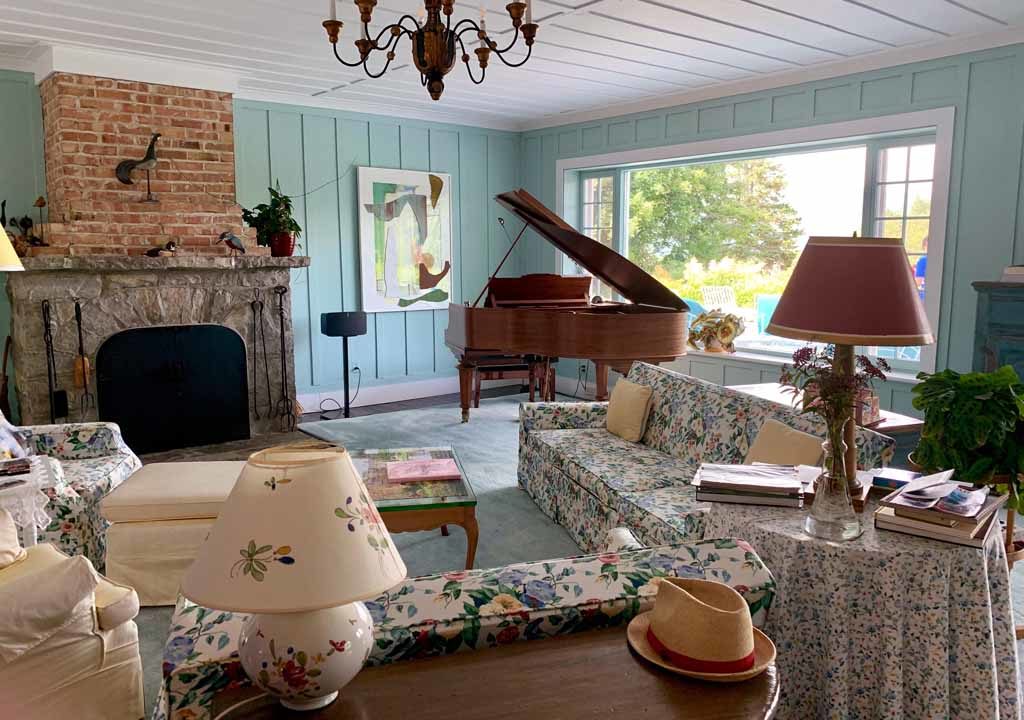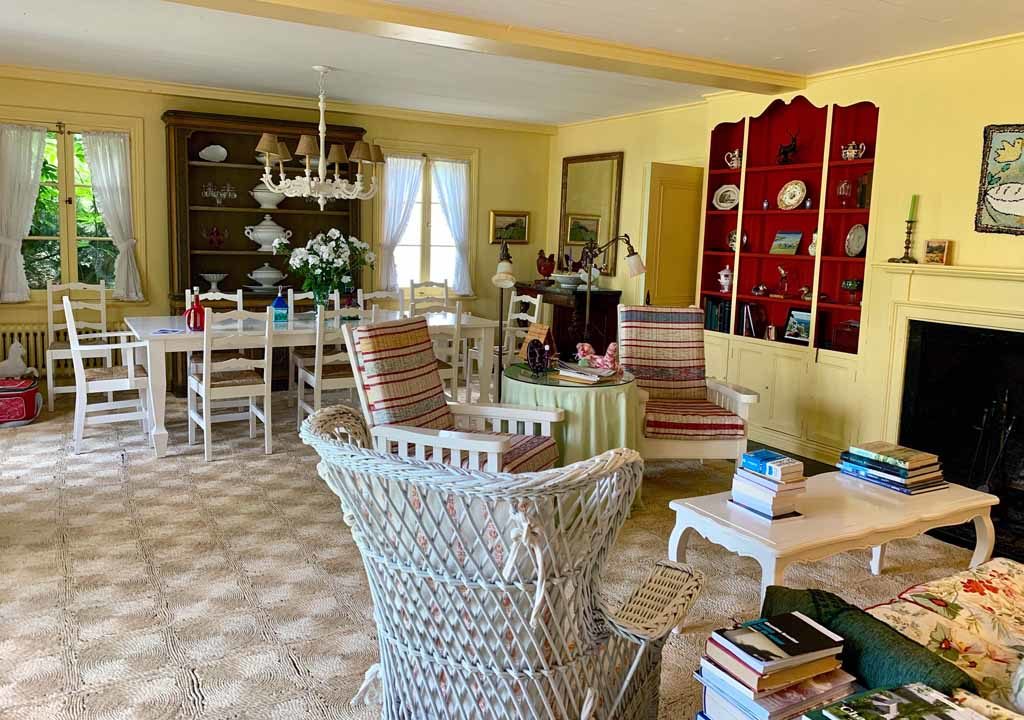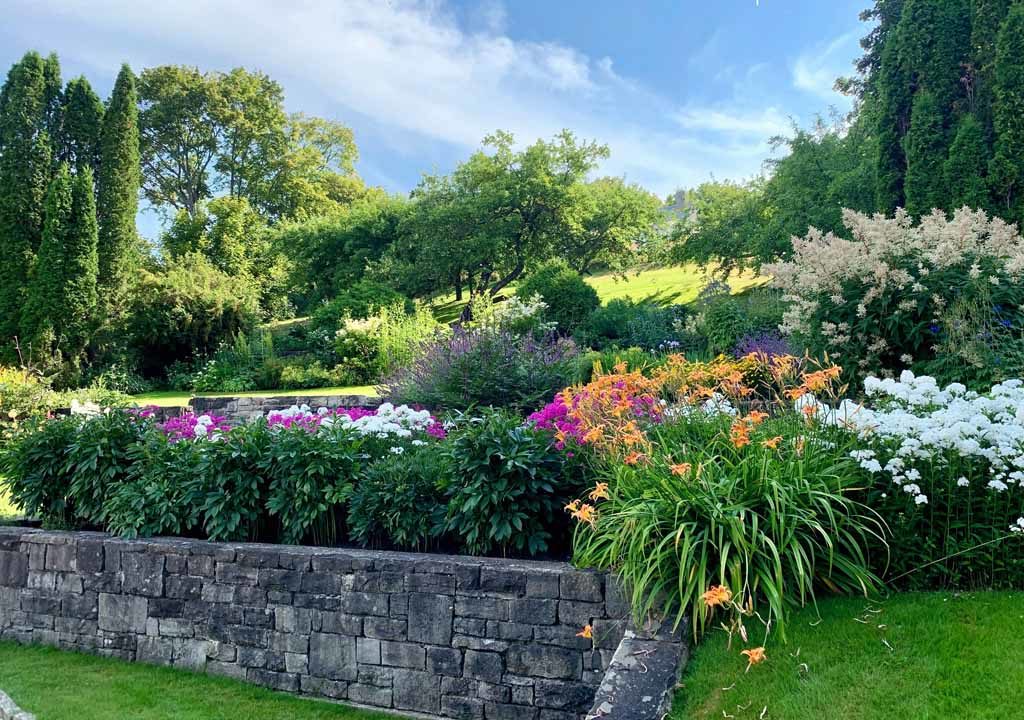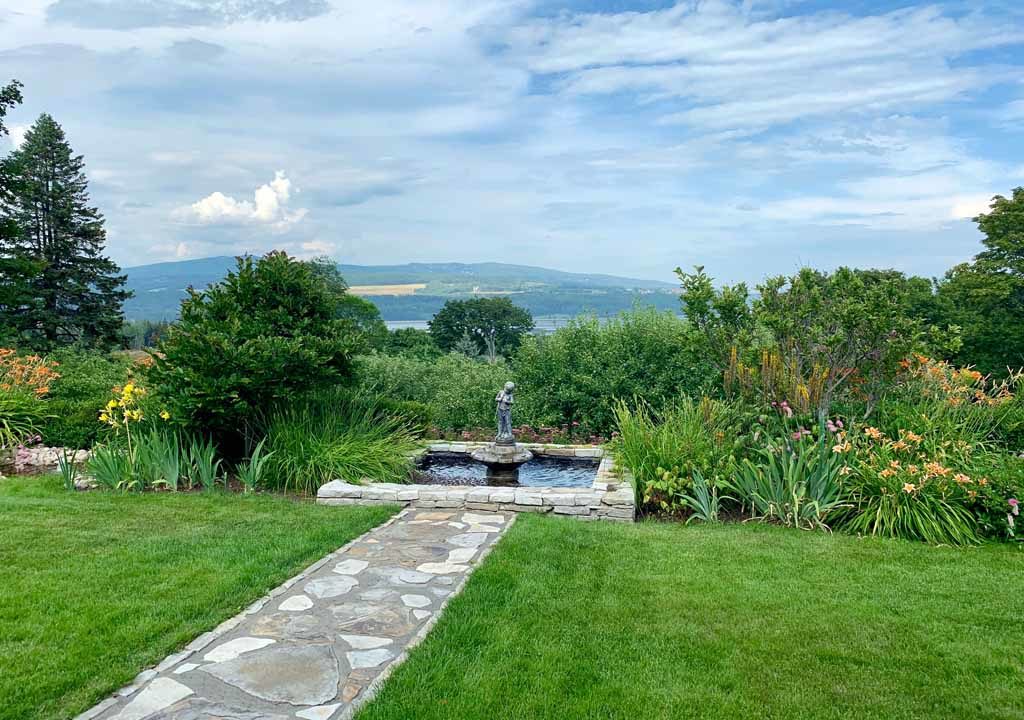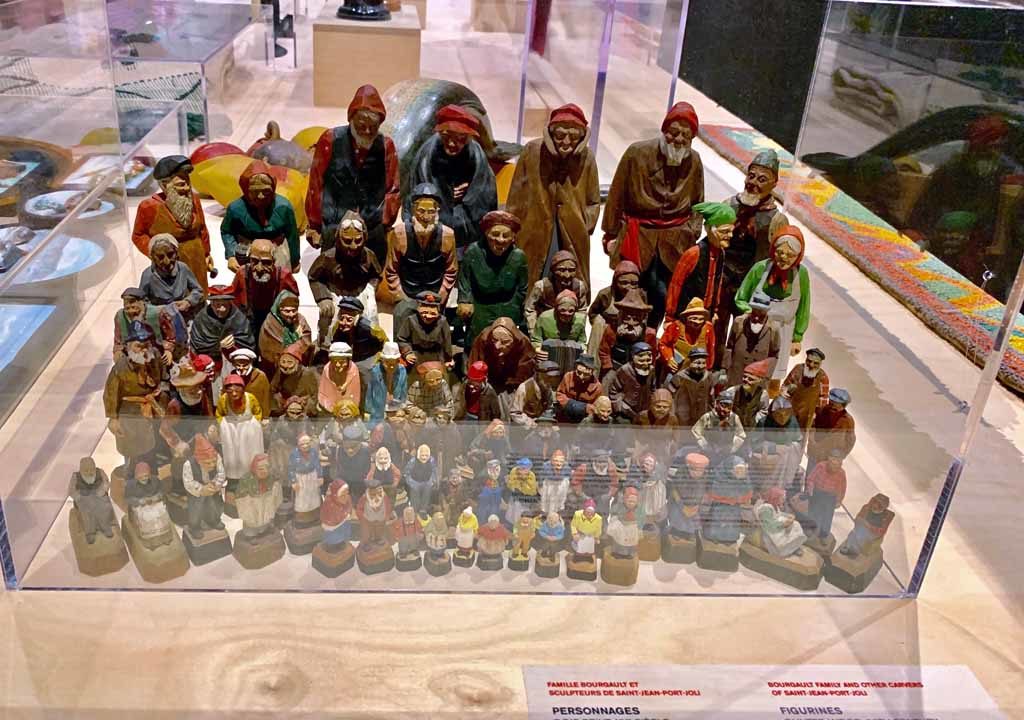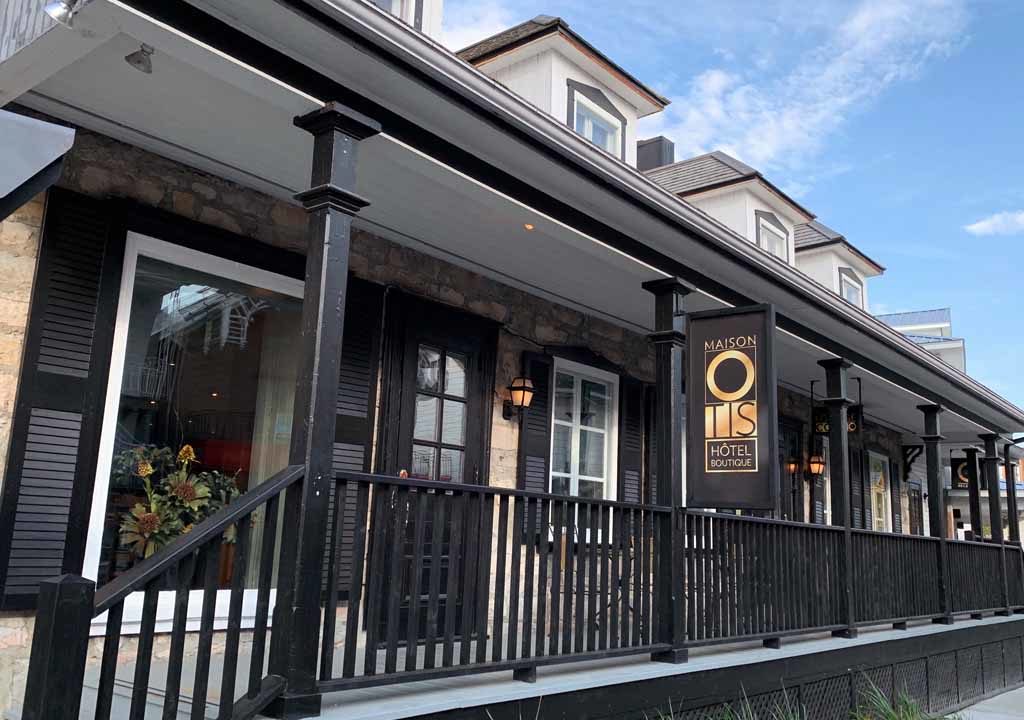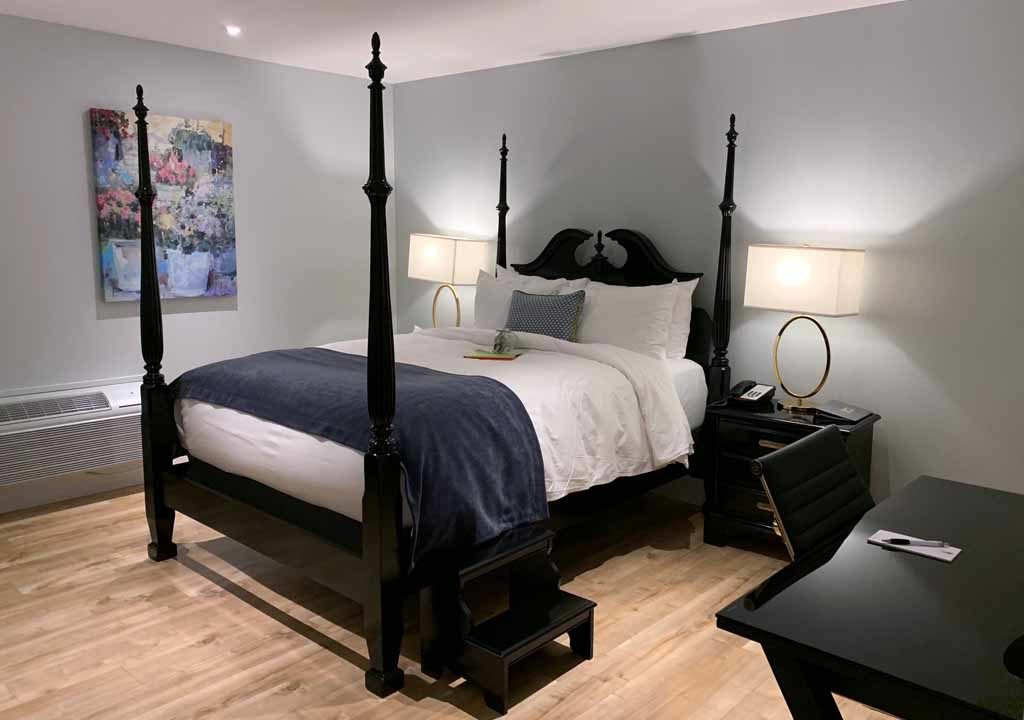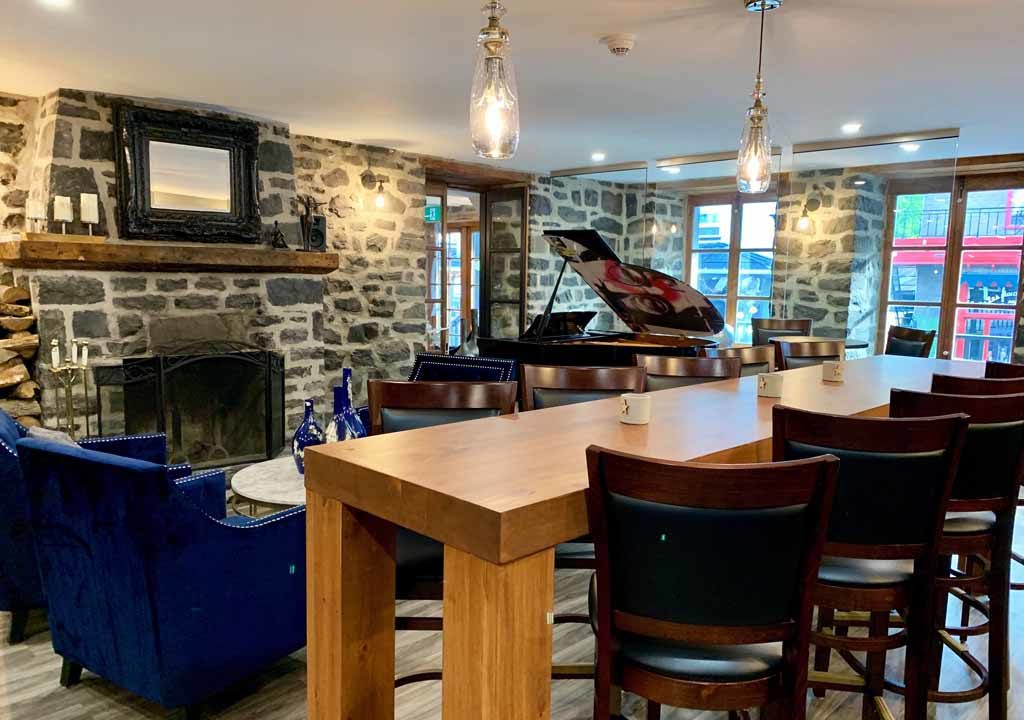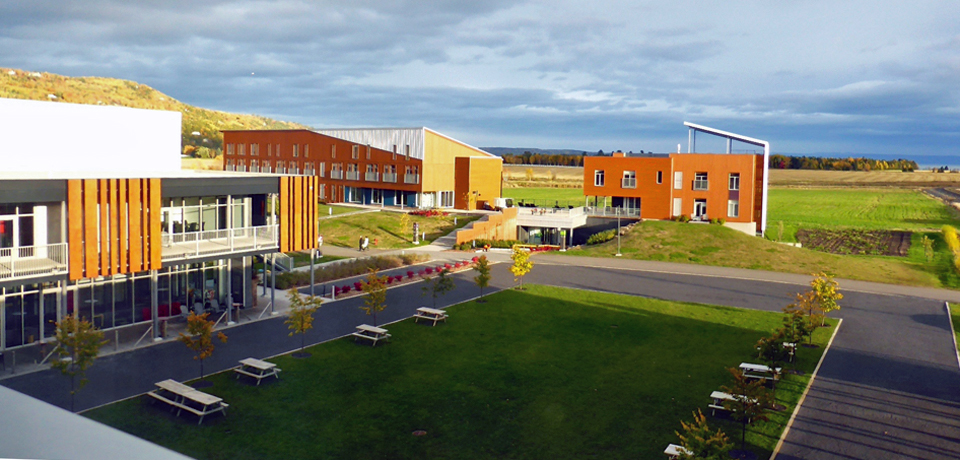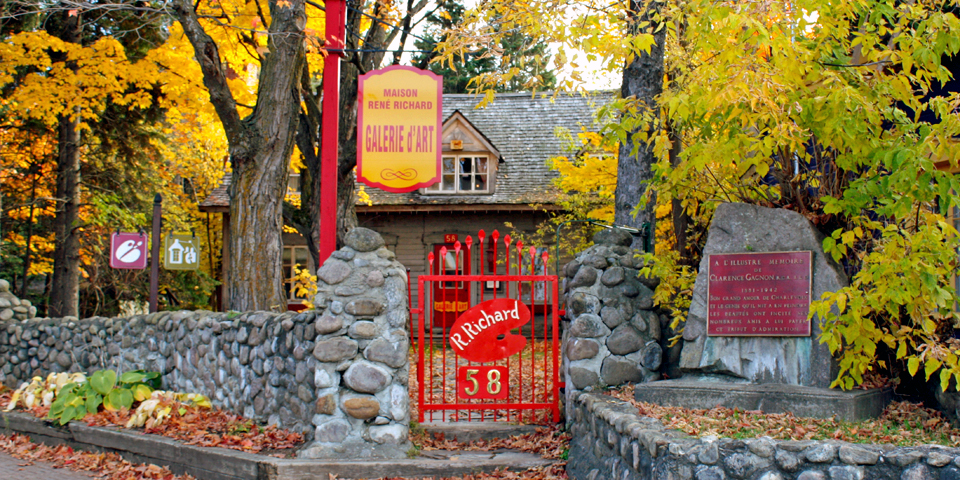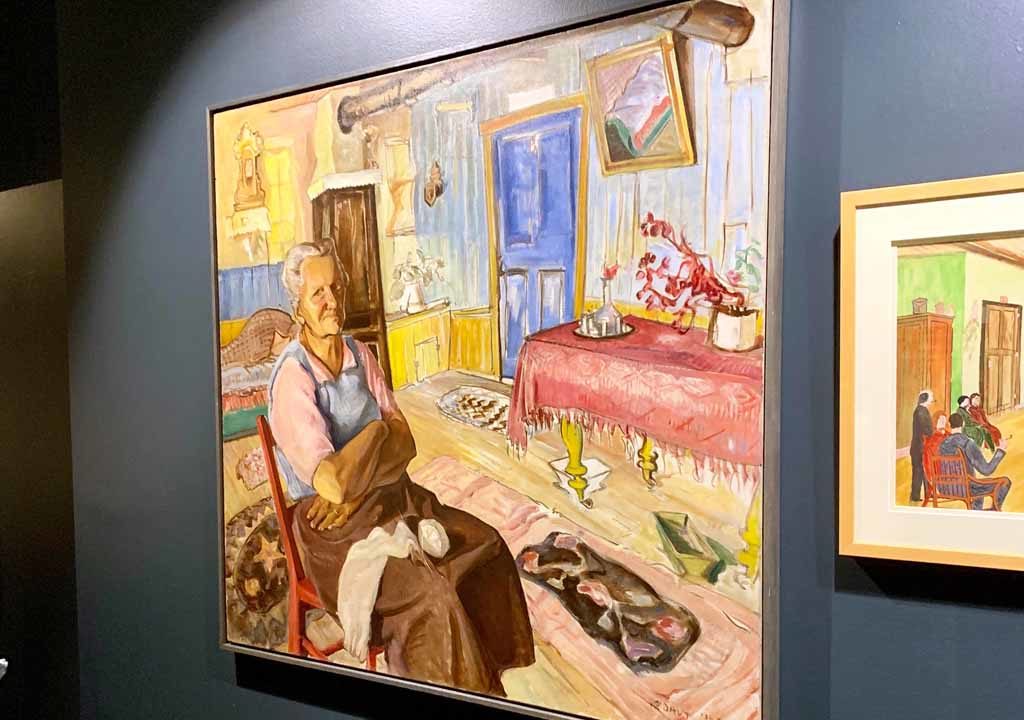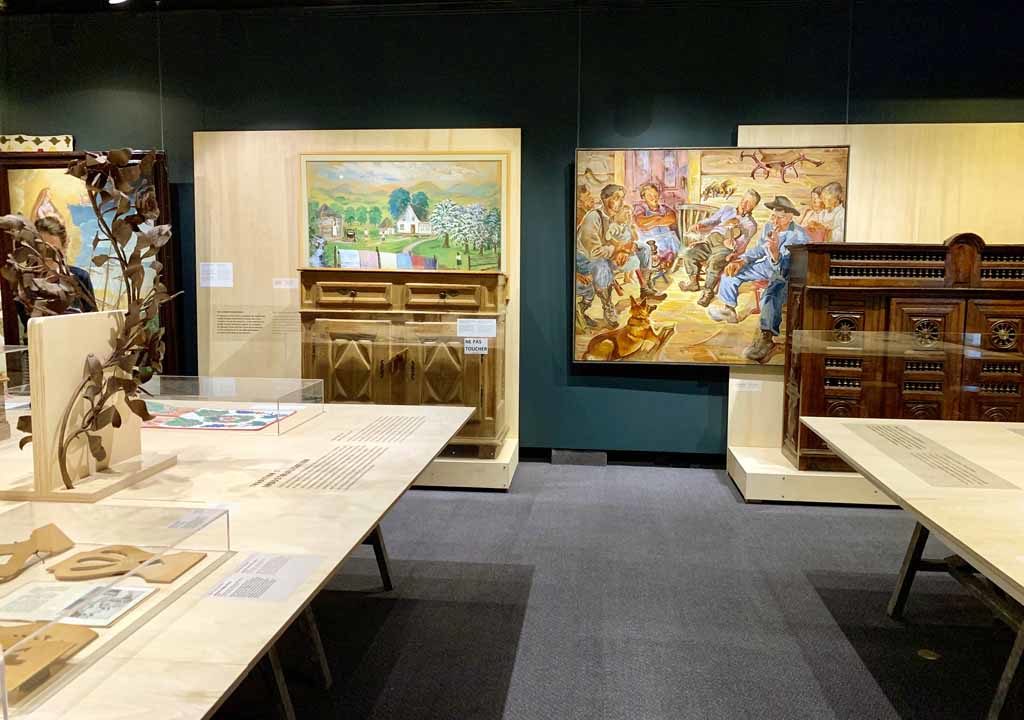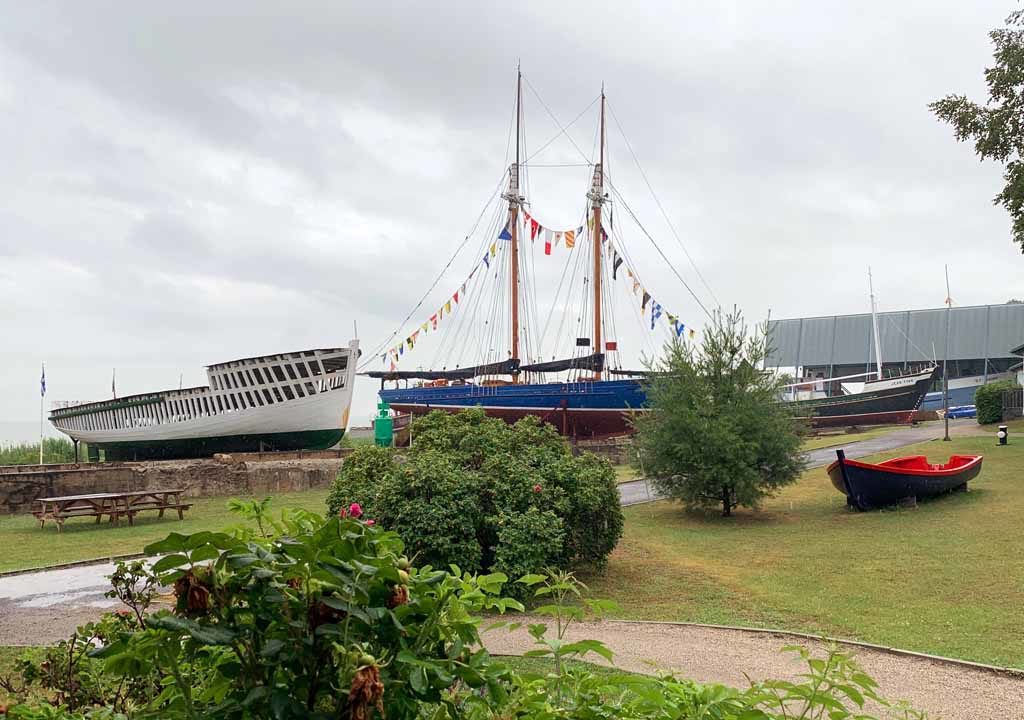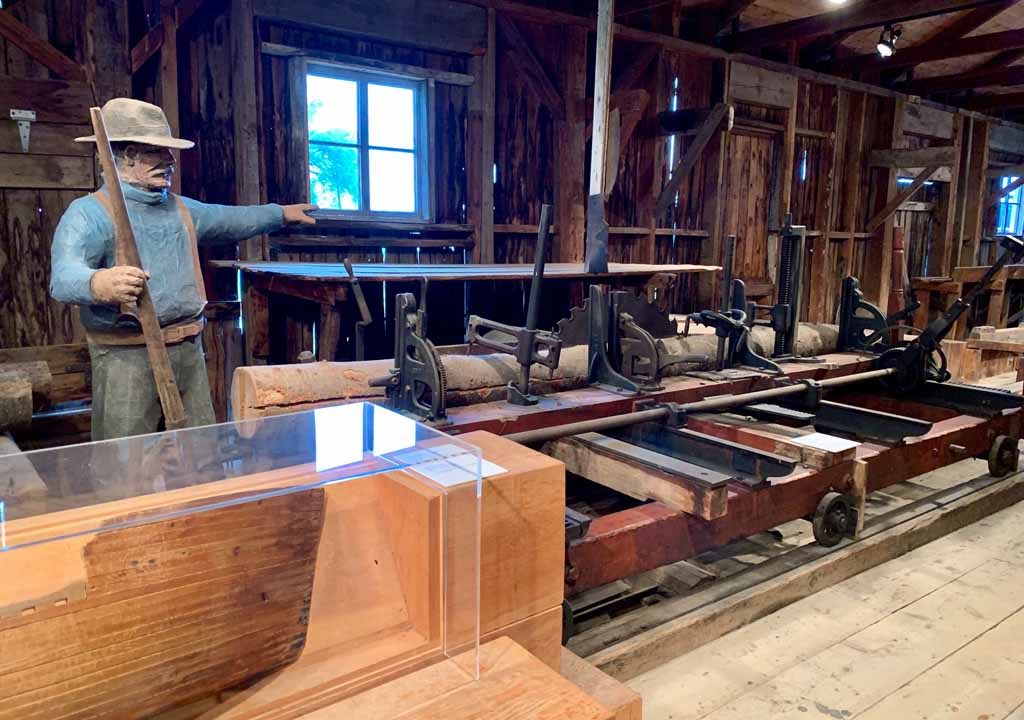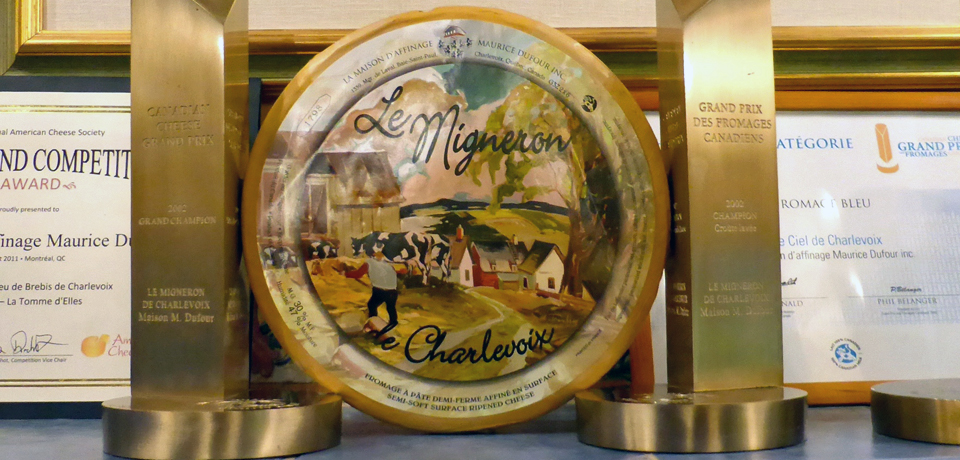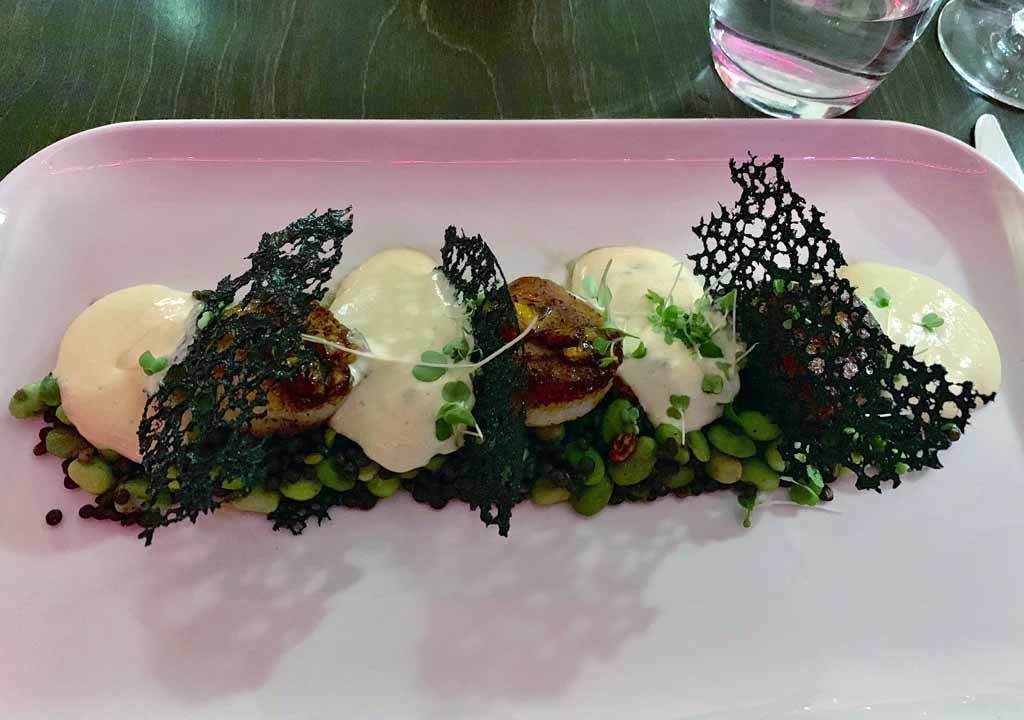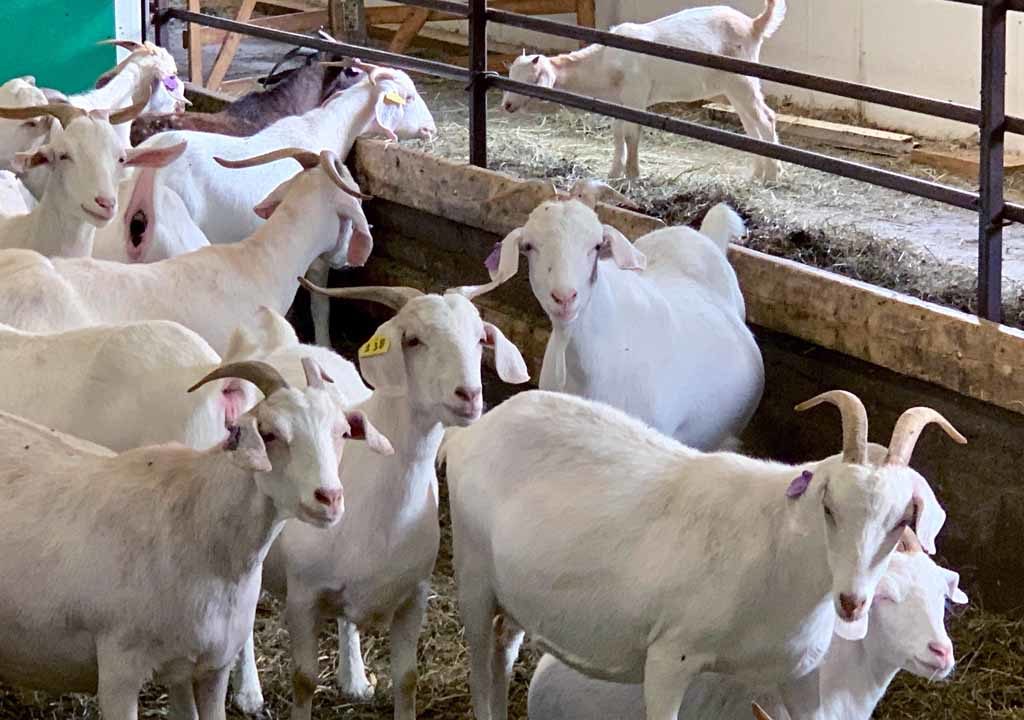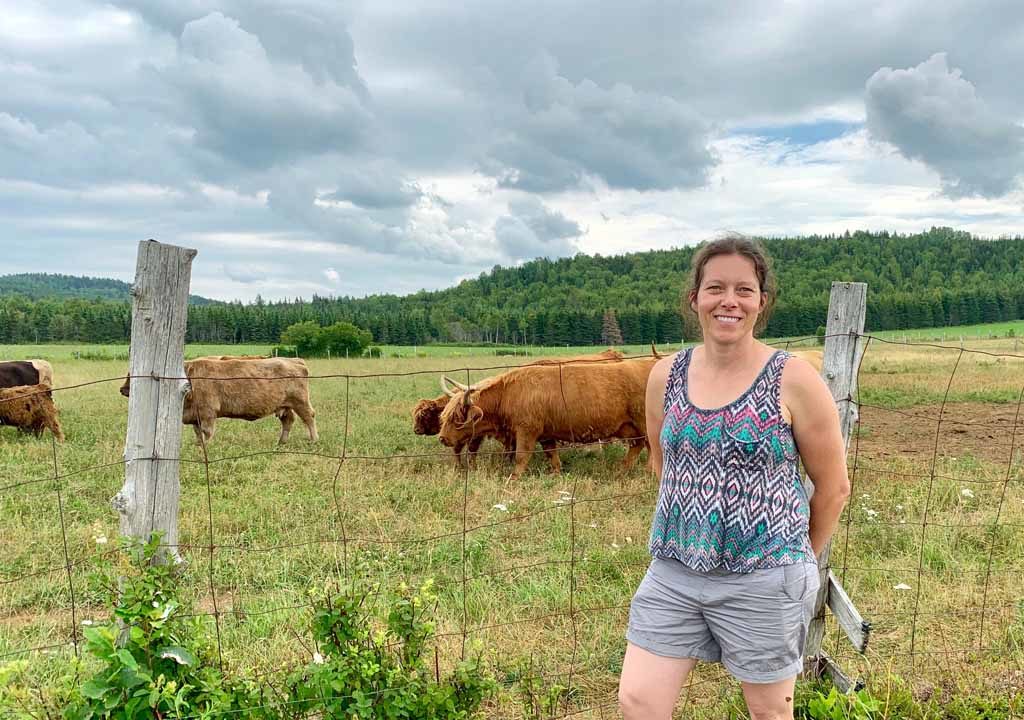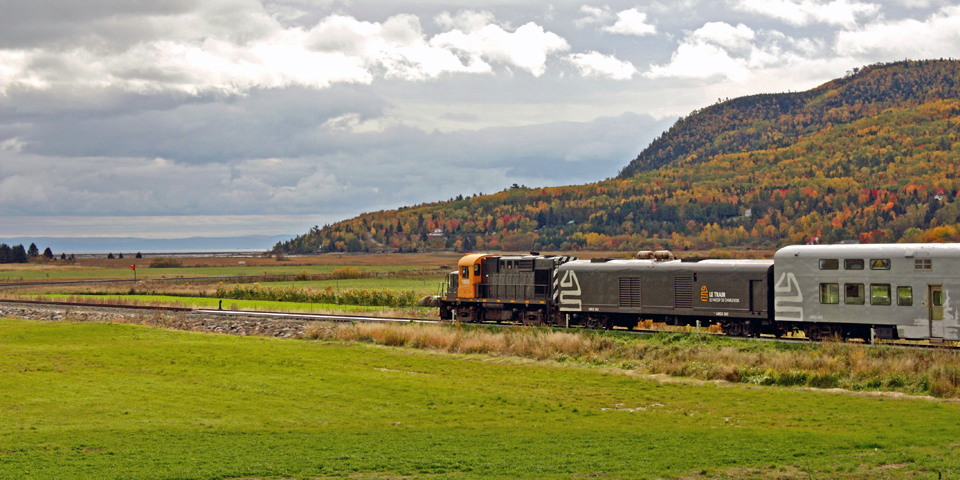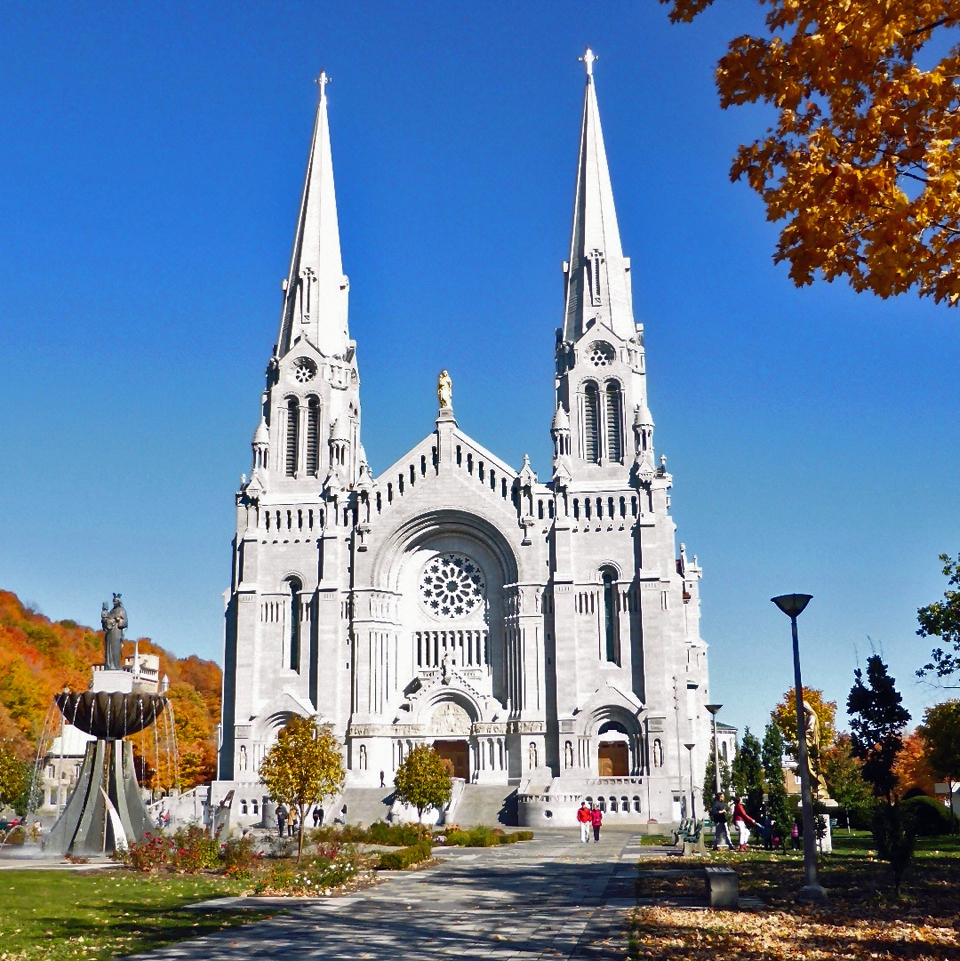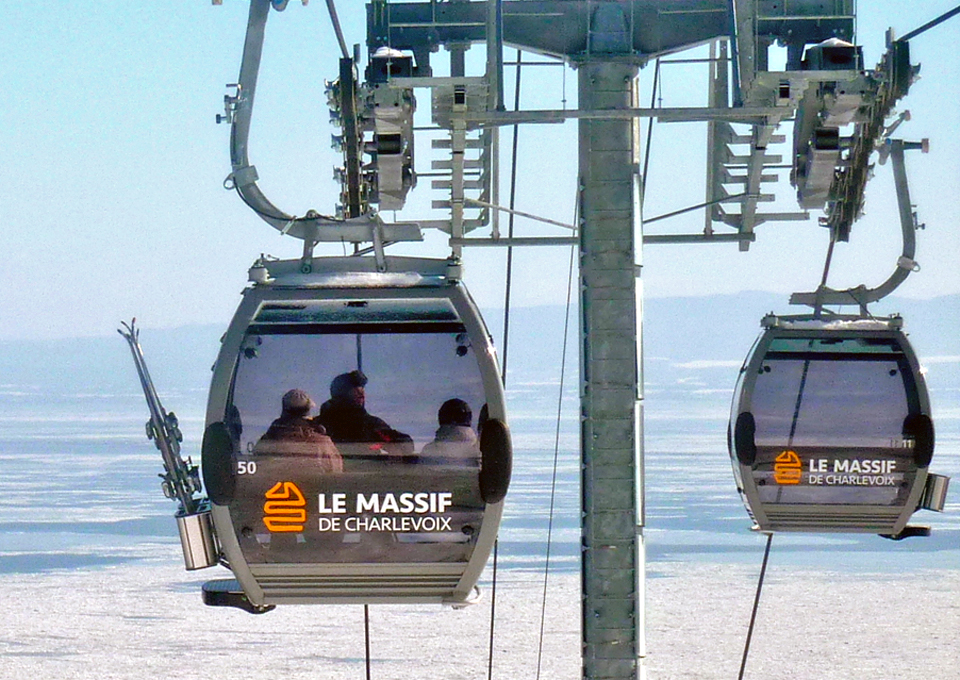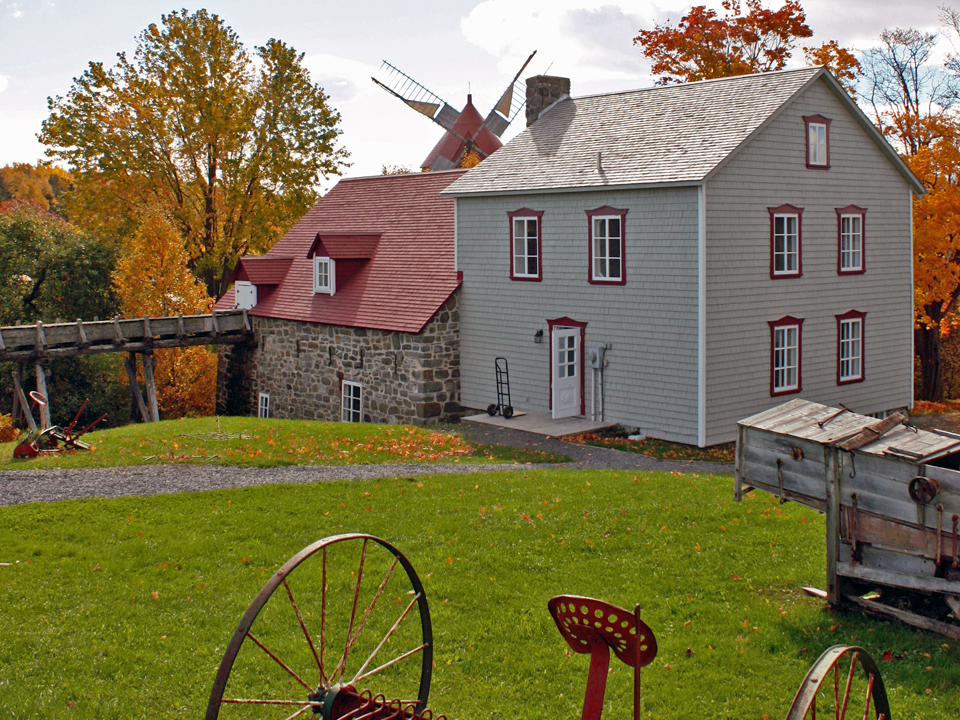Charlevoix: life inside a crater
We I go to nature to be soothed and healed, and to have my senses put in order.
John Burroughs
While traveling through the Charlevoix region of Canada with a small group recently, I thought of “The Vagabonds,” as Thomas Edison, Henry Ford, Harvey Firestone, and naturalist John Burroughs called themselves. What did they do when they wanted to get away from it all? They surrounded themselves with nature.
I recently traveled to Charlevoix, east of Quebec City and on the north shore of the St. Lawrence River. Unlike The Vagabonds, I did not have a household staff and caravan of fifty vehicles, but nature with fine amenities was what the trip was all about.
As part of the French-speaking province of Quebec, Charlevoix is an easy getaway with a European ambience. It includes Baie-St.-Paul, the cultural capital with the highest concentration of artists per capita in Canada, and La Malbaie, where the late 19th an early 20th century rich and famous came for sports and resort vacationing.
Croisières whale watch, Charlevoix humpback whale, Charlevoix Whale Fluke, Charlevoix
This scenic landscape of lakes, hills, valleys and forest is rich in diverse plant and animal life. It is known for its outdoor adventures, arts and culture scene, whale watching, and exceptional farm-to-fork cuisine. Charlevoix was named a UNESCO Biosphere Reserve in 1989.
Visit and you will see why people from from Gilded Age industrialists to struggling artists have been drawn here.
And it all started with a big bang.
Charlevoix is more than just a pretty place. It was reshaped 400 million years ago when struck by a nearly 3 mile wide and 130 billion ton meteorite from Mars and Jupiter’s asteroid belt. This created an over 30 mile wide crater known as the Astroblème de Charlevoix between the mountains and the St. Lawrence River, which covers about a third of the crater.
map of crater, L’Observatoire de l’ Astroblème de Charlevoix, La Malbaie
L’Observatoire de l’ Astroblème de Charlevoix is the only interpretation center dedicated to the meteoritic origin of the region. It is a place to learn the science behind the impact, feel the weight of the rock they refer to as “the oldest thing you’ll ever hold,” and go outdoors to explore. On a clear night you can use the telescope search the skies. In summer, astronomy the observatory offers discovery nights and geology discovery excursions.
La Malbaie (Murray Bay): Quebec’s cradle of resort vacationing
The resorts
Rich in fish and game, La Malbaie, also known as Murray Bay, became a fashionable destination in the 18th century when sport hunting and fishing at private clubs became popular among the elite.
Many of the hotels and boarding houses were built between the 1880s and the 1930s, the Golden Age of summer resorts. They offered an escape from increasingly congested and polluted cities. “Taking the waters,” or bathing in the cold salt water, was considered therapeutic among the privileged class and an added attraction.
Schooners and then luxury steamboats known as “les bateaux blancs”, or “the white ships,” brought wealthy Americans and Canadian families here forthe entire summer. Men returned to work only when necessary.
Fairmont Manoir Richelieu
Le Manoir Richelieu was, as it is now, a world-class countryside hotel that offered the finest dining and service. The original 250 room wood shingled structure was built in 1899 for a steamship company, Richelieu and Ontario Navigation. High on a cliff, it, like the present structure, faced the St. Lawrence River to greet guests arriving by ship.
After a devastating fire at the end of the 1928 season, it was rebuilt in the present French Renaissance château style in time for the next vacation season. Le Manor Richelieu was the largest resort hotel in Canada.
it offered everything from boating, fishing, swimming, riding, golf, and tennis to a casino, afternoon tea, dance evenings and grand formal parties. The pool was filled with salt water from the St. Lawrence River.
And where else might you see beluga whales right in front of the hotel?
In 1925, former President Taft presided over the inauguration of the golf course. Le Manoir Richelieu recently continued its superlative reputation as the choice for the 2018 G7 summit meeting . Canadian Prime Minister Justin Trudeau, French President Emmanuel Macron, the U. K.’s Prime Minister Theresa May, German Chancellor Angela Merkel, Japanese Prime Minister Shinzo Abe, Italy’s Prime Minister Giuseppe Conte, and U. S. President Donald Trump were photographed by the 27-hole world class golf course.
Now managed by Fairmont, Le Manoir Richelieu continues to offer a wide range of activities, outstanding amenities and unique gastronomical experiences that incorporate fresh regional ingredients.
Eggs Benedict breakfast the clubhouse breakfast fruit plates are local art fois gras, Chef’s Table beef tenderloin, Chef’s Table fruit plate, Chef’s Table
Le Manoir Richelieu is celebrating its 120th year with its Chefs culinary event, Le Gala des Grands Chefs on November 15, 2019. Reserve early for the cocktail reception, workshops, gala dinner and sumptuous Sunday brunch.
The summer cottages
Newport wasn’t the only prestigious site of late 19th an early 20th century summer “cottages.” La Malbaie was known as the Newport of the North. Although the area was more remote, less expensive and had a more rustic lifestyle than Newport, summer residents might, nevertheless, change clothing multiple times a day to suit the social occasion.
Rich and famous Canadians and Americans, including the Vanderbilts, Cabots, and Tiffanys, built summer homes with beautiful gardens and magnificent water views there, usually in the elegantly casual French-inspired style. Most remain much as they were when they were built. Many have their original furnishings and have been same family for generations.
The most famous resident was U. S. President and Supreme Court Justice William Howard Taft who, except while serving in Washington, D. C., came to what became known as Taft Hill. Unfortunately, fire destroyed the Taft House.
Many summer residents collected local handicrafts and folk art. This created to a cottage industry for local residents who had been struggling financially. Service jobs and charities were established.
santons on display at a special folk art exhibit, Museum of Contemporary Art
In August, homes of some of the summer residents are opened to the public to benefit the Museum of Contemporary Art. Tickets are available at the museum and cost $30 CAD (about $22.50 US) in 2019.
Baie-St.-Paul: the Art and Cultural Capital
Baie-St.-Paul, with a population around town of 7,000, is the region’s art and culture capital. The internationally acclaimed Cirque du Soleil was founded here by street performers Guy Laliberté and Daniel Gauthier in 1982.
Maison Otis, Baie-St.-Paul guest room, Maison Otis Maison Otis, Baie-St.-Paul
Want to be at the hub of the activity? Book a room at the newly renovated Maison Otis. It opened last winter right on Baie-St.-Paul’s main street, rue Saint-Jean-Baptiste. site of many art galleries and shops selling local products like woolens, chocolates, soaps and cider here..
Le Germain Hotel & Spa, Baie-Saint-Paul, Charlevoix, Quebec, Canada
Or stay at the chic yet casual Le Germain Hotel & Spa, formerly Hotel La Ferme, built by Cirque du Soleil co-founder Daniel Gauthier. It was named Top Design in the World at the 2013 Retail & Leisure Interior Awards.
Artists like Clarence Gagnon, best known for his scenes of rural Quebec, were drawn here in the early 1900s for the scenery and exceptional lighting. Gagnon inspired René Richard, whose home is open to visitors and displays many works by Canada’s renowned Group of Seven.
Musée d’art Contemporain Misée d’art Contemporain
The Musée d’art Contemporain in Baie-St.-Paul was established to preserve and promote Quebec contemporary art. There was a special exhibit featured local folk art during my visit.
Maritime Museum, Charlevoix Maritime Museum, Charlevoix
The St. Lawrence River was once the main source of transportation in the area. To learn more about that history stop at the Maritime Museum in Saint-Joseph-de-la-Rive to see the exhibits on the maritime heritage and coastal navigation. Four wooden schooners may be toured right in the shipyard where about 500 ships were built from the 18th century to 1959.
Canada’s Economusées are small scale production facilities that preserve the area’s cultural heritage by exhibiting their traditional skills and production. One local favorite, Laiterie de Charlevoix, celebrates the area’s uniqueness with its latest tasty cheese, l’Origine de Charlevoix.
Inspired by the paintings of Baie-St.-Paul in winter? The Christmas Market runs from late November to early December.
Cuisine: Is that kid on the menu?
Charlevoix’s valleys are fertile and the waters are nutrient rich, making for an abundance of flavors from the land and sea. Chefs work with local producers for inspiration in creating a range of farm-to-fork culinary experiences.
Follow Charlevoix’s La Route des Saveurs (Flavor Trail) and stop for a tour and taste of local flavors—cheeses, fruits, organic meats, ciders, beer, baked goods, chocolates, and more.
Baie-St.-Paul’s popular Le Diapason is a good place to savor regionally sourced ingredients in the Alsatian specialties and bistro cuisine created by Steve Michel from Alsace and partner Eve Soulard from Quebec.
The kid on the menu is from the Sophie Talbot’s and Michel Nicole’s Ferme Caprivoix in Saint-Hilario. They specialize in goat and Highland beef production and Sophie is a founder of the Flavor Trail. Guided tours are offered in summer and prepared goods like sausages, cretons, pâtes, terrines and rillettes are sold here.
goats, Ferme Caprivoix Sophie Talbot, Ferme Caprivoix Highland cattle, Ferme Caprivoix
Tomato wine? To learn more take a guided tour of a unique wine production facility, the Domaine de la Vallée du Bras estate, just outside Baie -St.-Paul. Proprietor Pascal Miche, from Belgium, uses a secret family recipe created in 1938 by his Belgian great-grandfather, Omer, to make Omerto, the only certified organic tomato wine in the world.
Getting there: road or rail
The drive from Quebec City to various regions in Charlevoix runs and hour or two. Driving offers the most flexibility.
However, one of the most scenic ways to get to Baie-St.-Paul is by train from Quebec Parc la Chute Montmorency, site of a waterfall nearly 100 feet higher than Niagara Falls, to La Malbaie. This 77 mile trip through tunnels and past coastal towns and villages makes seven stops along the St. Lawrence and offers views not accessible by road.
Basilique Ste Anne de Beaupré Le Massif de Charlevoix ski area Windmill, Isle-aux-Coudres
Along the way it passes Sainte-Anne-de-Beaupré Basilica, which, as North America’s first pilgrimage site, attracts about a million visitors a year. The train continues by Le Massif de Charlevoix, the ski resort with the highest vertical drop in eastern Canada, and places like l’Isle-aux-Coudres, an island of wind and water mills accessed by ferry and known for its cider house and buckwheat flour mill.
Want to know more? Go to Québec Original or Tourism Charlevoix.

